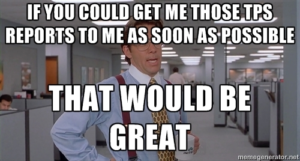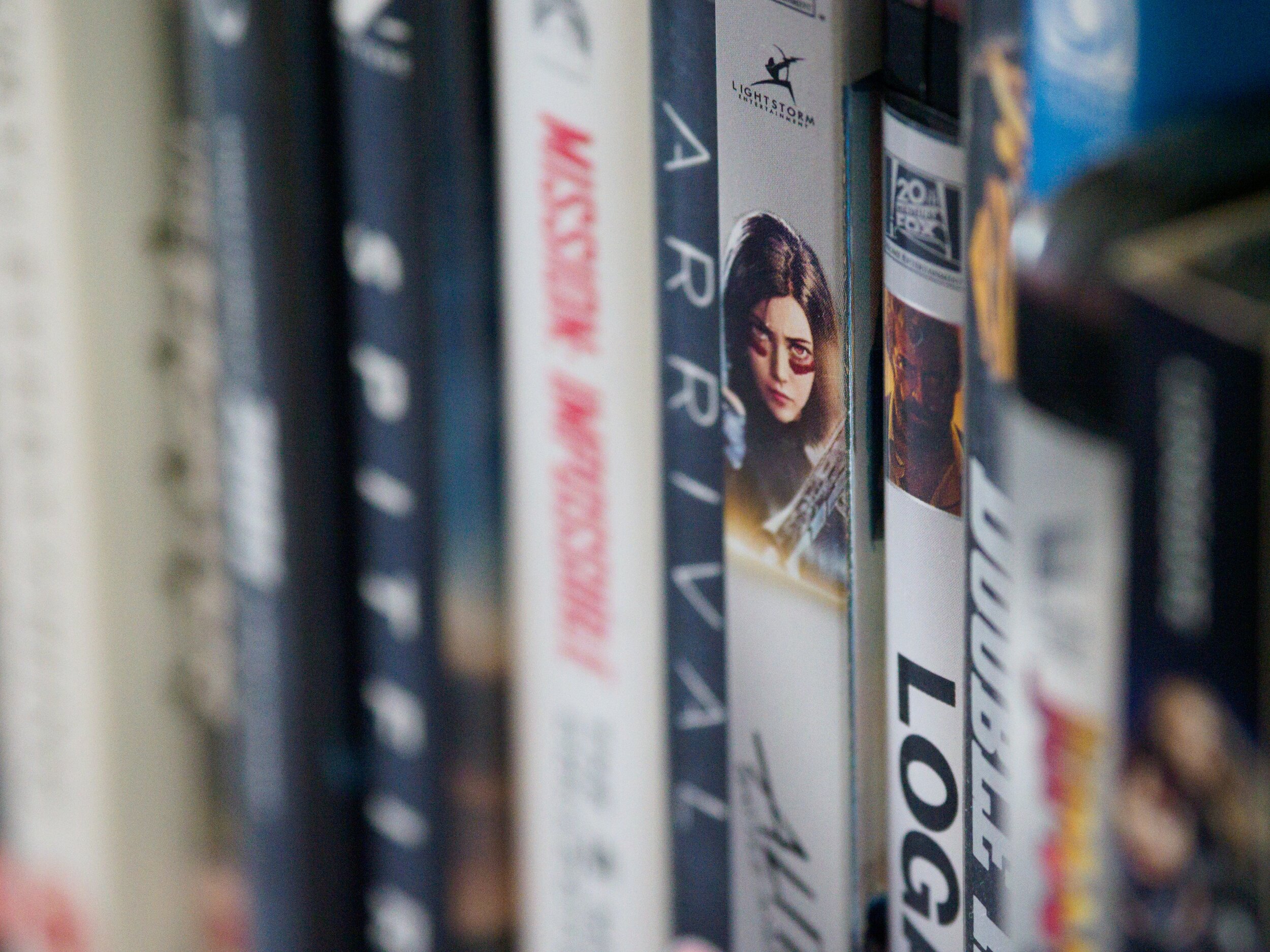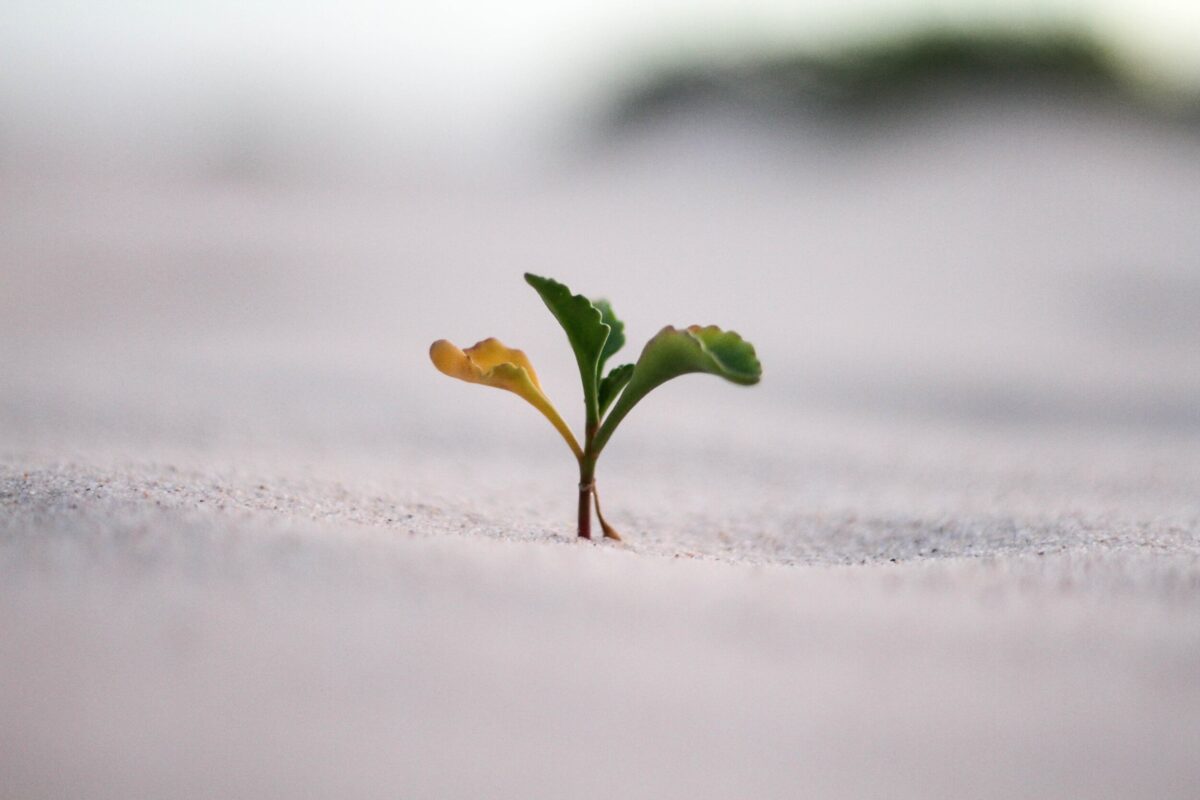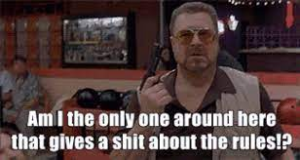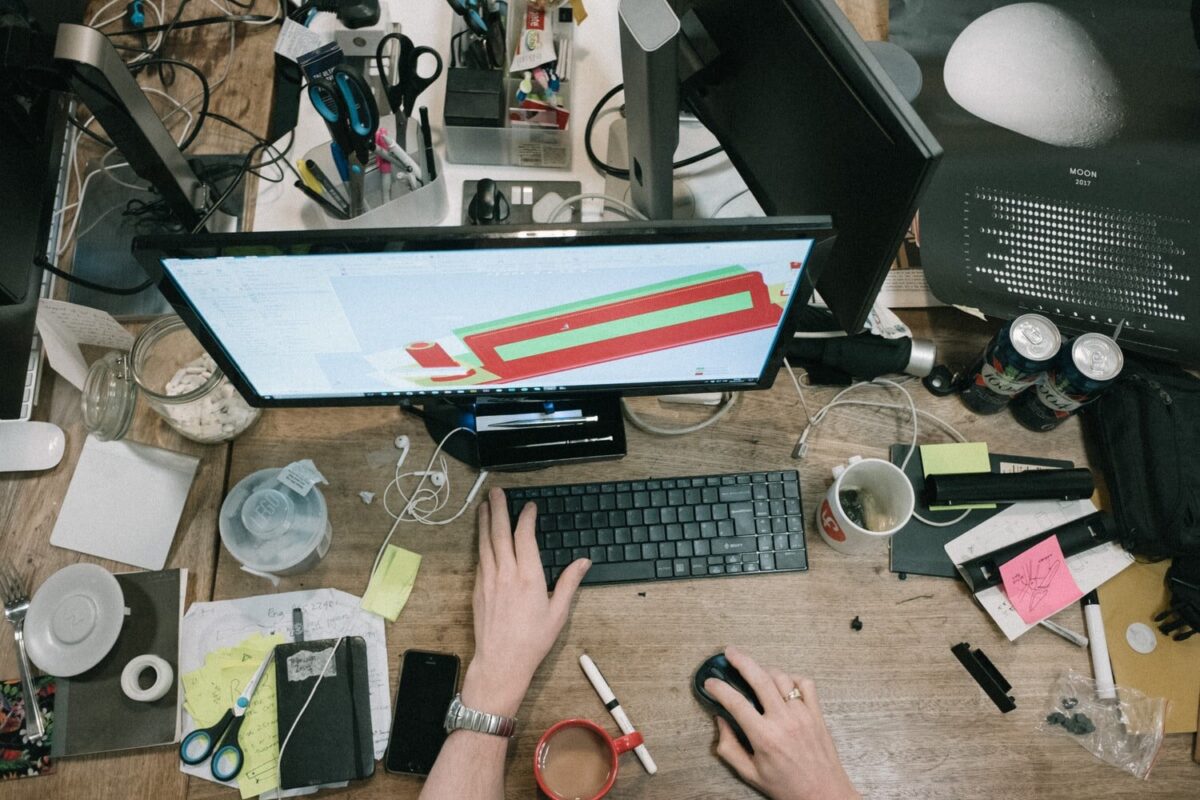We don’t like it (many of us hate it). We ignore it. And when that doesn’t work, we spend a lot of time, money and energy trying to get rid of it — making plans, creating documents, and telling others what to do.
It is uncertainty. Even though it’s with us everyday, fundamental to our work, we’re so uncomfortable with it that we go to great lengths to eliminate it. But all these activities just give it power. The more we try to push uncertainty away, the more we’re acting unconsciously, and the more havoc it wreaks.
One of the ways we deal with uncertainty is, as above, trying to reduce it. We plan, but we also lower our ambition; we prioritize things that are certain (over those that have impact). Almost every email we respond to fits in this category — we take care of a task and, in doing so, we shield ourselves from the ambiguity of the world.
To sit with uncertainty without reaching for a solution gives us options. It lets possibilities emerge. We can try something without the expectation that it will work, letting us learn and adapt even as we move forward.
So instead of trying to reduce uncertainty, we can learn to sit with it for longer, growing what the poet Keats called negative capability: the ability to sit with discomfort without seeking resolution. It sounds abstract and wonky, but it’s actually quite practical. Here’s four things we can do to transform our relationship with the big “U.”
-
Slow down. What’s happening right now is a rich source of data about our work. Paying attention doesn’t give us an answer, but it does give us clues. When something makes us uncomfortable, we can share that and create space in an important discussion. When our heart rate goes up, we might notice that we’ve shifted from exploring to try to provide the right answer. But we don’t get access to any of this wisdom when we move too fast.
-
Shift your framing. When we’re embedded in the world of work, an important project can start to dominate our thinking. But we can expand our perspective: Everything is full of uncertainty, from what will happen with the next Covid variant to whether we will have a job next month.
Viewed in this way, your big project isn’t necessarily more uncertain, it’s just the uncertainty that’s got your immediate attention. This shift can help us practice holding on more lightly.
-
Revel in the journey. Even though you don’t know the answer — even though the outcomes of ambitious work can’t be pinned down — each step can be fulfilling if you show up with curiosity and take real interest.
This also suggests something fundamental about how we work: it’s very hard to do ambitious projects as a one-off, “fail or succeed” proposition. Ambitious work, especially transformational change, is best thought of as a series of experiments, not a monolithic solution.
-
Get support. Whether you use a tool (like journaling) to get out of your own head or work with a coach or consultant, you can actively resource yourself to see uncertainty and avoid operating reactively.
That’s one of my superpowers: helping my clients stay aware of the bigger journey and maintain their sense of possibility. Otherwise it’s too easy to focus, heads down, on the task in front of you and to move toward a solution too quickly.
How does uncertainty show up for you and how do you work with it? I’d love to hear about your experiences. Email me at [email protected], especially if you need support. Together, we can explore ways to leverage your uncertainty to your benefit at work and in general.
Want to get these articles in your inbox? Subscribe here to join the conversation and download a sample from Meltdown.







